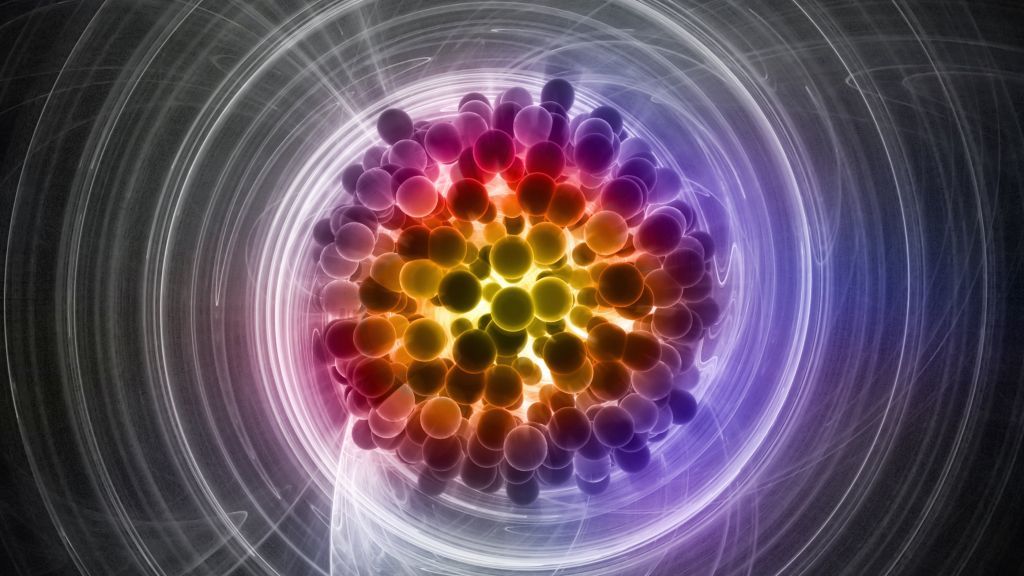Research Reveals Surprising Interaction Among Like-Charged Particles
A recent study published in the journal Nature Nanotechnology has unveiled a remarkable discovery that challenges a long-standing principle in physics related to the behavior of charged particles. While the general belief has been that like charges repel each other while opposite charges attract, this new research introduces a fascinating twist to this conventional understanding.
Unusual Behavior of Charged Silica Microparticles
The study, conducted by a team of researchers, focused on observing the behavior of charged silica microparticles in various liquid environments. These tiny particles, measuring only 0.0002 inches wide, were placed in different solutions, including water, ethanol, and isopropanol. What the scientists found was unexpected yet intriguing.
When positively charged particles were placed in alcohol solutions, they exhibited an unusual attraction to each other, contrary to the anticipated repulsion between like-charged objects. Conversely, negatively charged particles in mildly acidic water formed intricate hexagonal structures, showcasing a tendency to cluster together rather than repel.
The Role of Molecular Dipoles in Particle Interaction
To elucidate this perplexing behavior, the researchers delved into a novel theory that viewed water molecules as electromagnetic dipoles. This viewpoint considered the distribution of charges within water molecules, with oxygen atoms carrying a slight negative charge and hydrogen atoms exhibiting a positive charge.
Through this molecular perspective, the researchers identified an “electrosolvation force” arising from the interaction between the negative charges on silica particles and oxygen atoms in water molecules. At specific pH ranges, where proton movement facilitated charge neutralization on silica particles, this force led to the unexpected clustering of like-charged particles.
Conversely, in alcohol solutions where the molecular dipole orientation was inverted, a similar force acted between positively charged particles, causing them to attract each other. This groundbreaking insight sheds light on the complex interplay between charged particles and their surrounding medium.
Implications for Understanding Biomolecular Systems
Looking ahead, the researchers aim to leverage this newfound understanding of particle interactions to delve deeper into the mechanisms governing biomolecular condensates. These specialized cell organelles play a crucial role in segregating cellular components and are integral to unraveling various diseases.
By extending their research to encompass these biological systems, the scientists hope to uncover fundamental principles that may have broader implications for human health and disease. This innovative approach underscores the significance of exploring unconventional phenomena in advancing scientific knowledge and unlocking new possibilities in diverse fields.
Image/Photo credit: source url





